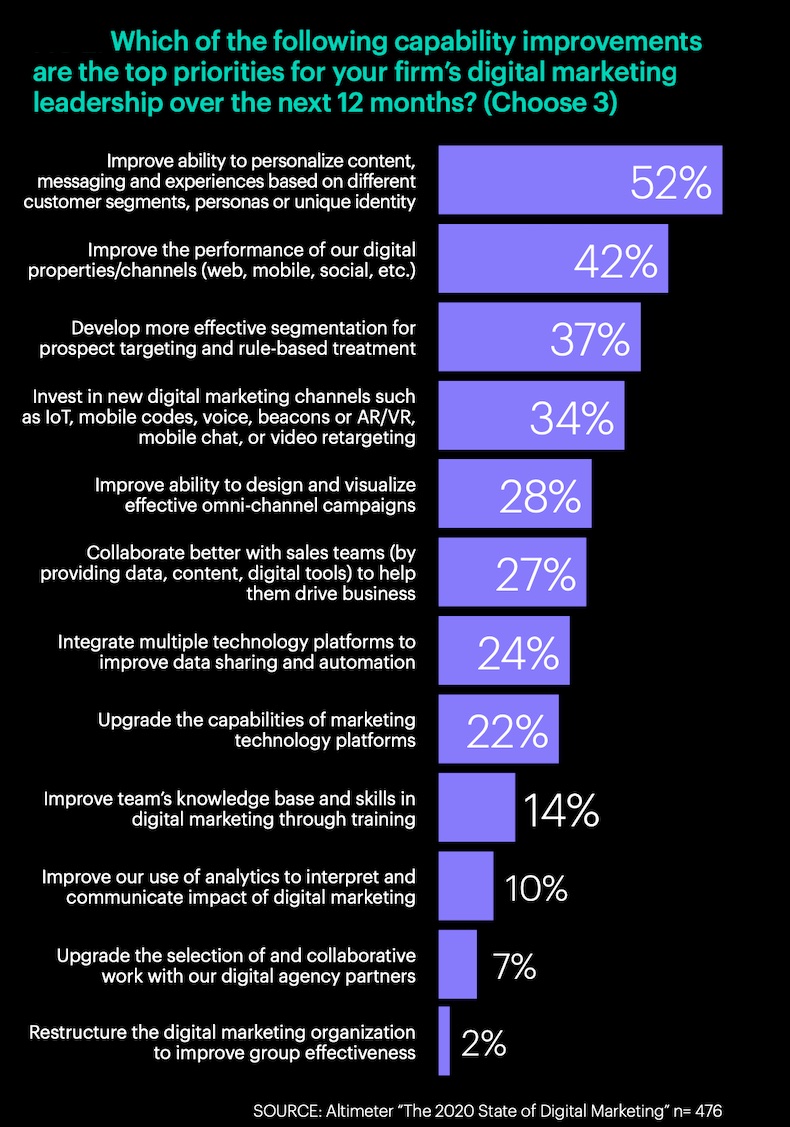
McKinsey designers highlight the photos and illustrations that helped us tell the visual story of a remarkable year.
The way we see the world may well have changed in the course of 2020—as the global pandemic has upended our personal and professional lives. As the year draws to a close, we turned to McKinsey’s designers to get perspective on the images that helped bring our insights to life.
While we sometimes commission bespoke art for our articles and reports, for the most part we curate our visuals from outside image libraries. Even in prepandemic times, this presented special challenges when it came to selection (does the visual messaging fit the topic and tone of the piece?) and adaptation (is the image treatment consistent with our style and brand?). But in a year where much of the world spent many months maintaining some level of physical distancing, large swaths of the images in the libraries we access—those that showed people in the close proximity we were all used to before the pandemic—became unusable.
See our designers’ favorites from this year and why they resonated, then read the stories behind them to understand some of the year’s most important issues.
Guest Author: Parry Malm
This article first appeared in www.cmocouncil.org
Seeking to build and grow your brand using the force of consumer insight, strategic foresight, creative disruption and technology prowess? Talk to us at +971 50 6254340 or engage@groupisd.com or visit www.groupisd.com/story

The CMO of 2021 has a lot on their shoulders.
As the most senior marketer in every business right now, the task of the CMO has become taller than ever. The relationship between brand and consumer is shifting in new and unexpected ways, and the pressure to have all the answers in a rapidly evolving marketing landscape is being felt across the marketing world.

Senior digital marketers say their top areas for capability improvement in the year ahead are personalization, performance, and segmentation, according to recent research from Altimeter.

This is part two of a two-part article. Read part one here.
Done well, design, brand, marketing and communications already bring the user’s perspective to strategic innovation. Combining multiple approaches and mindsets in a structured way enables the development of meaningful new offerings, based on multiple possible future perspectives, not just the current state.

Right now, Jeff Bezos is the richest man in the world thanks to Amazon , his leading online sales company. However, retail expert Doug Stephens predicts that the giant could fall over the next decade, even going bankrupt.
On his Business of Fashion corporate page, Retail Prophet’s founder and advisor to some of the world’s most respected brands predicts “the end of Amazon.”

The biggest word in retail right now is omnichannel, which is the seamless integration of online and offline shopping. When omnichannel is done right, a customer can shop in her favorite store to find that perfect pair of winter boots while using her smartphone to read reviews and check whether the store across town has a black pair in her size. Omnichannel creates a frictionless world for demanding consumers. But for businesses, building that omnichannel network while also developing new products can be a daunting challenge.

Brands don’t need to fear taking political stance.
Analyzing brand messages supporting Black Lives Matter, Gartner found terms like White supremacy alienated consumers — but an ad’s reception doesn’t tell the full story.
Happy Thanksgiving to my American readers.
Last week I had the opportunity to participate in a great Fortune Executive Leadership Roundtable called “Capitalizing on the Subscription Economy.” It was hosted by Fortune Senior Writer Phil Wahba, and included Sarah Bond, Corporate Vice President of the Gaming Ecosystem at Microsoft, Shravan Goli, CPO and GM for Consumer Business at Coursera, and Bob Lord, Senior Vice President of Cognitive Applications at IBM.
Here are some of the highlights of the roundtable, which I’ve edited for clarity. You can learn more about Fortune’s virtual event series here.
Read More
Data analytics helps marketers learn about their customers with target precision, from the movies they watch on Netflix to their favorite scoop of chocolate ice cream.
Data is ubiquitous, essential and beneficial — except when it’s not.
Experts warn that data analytics is at an inflection point. Growing concerns about security risks, privacy, bias and regulation are bumping up against all the benefits offered by machine learning and artificial intelligence. Layer those concerns on top of worries about the coronavirus pandemic and how it has rapidly changed consumer behavior, and the challenges become clear.


